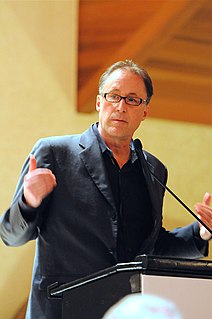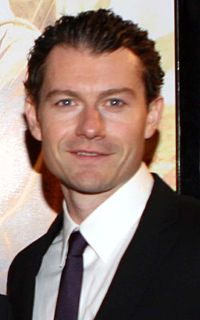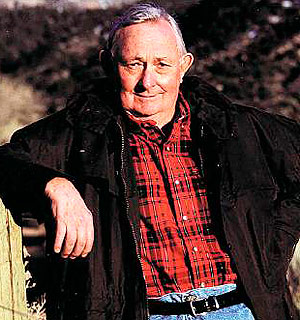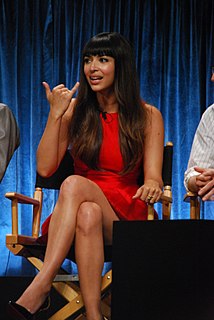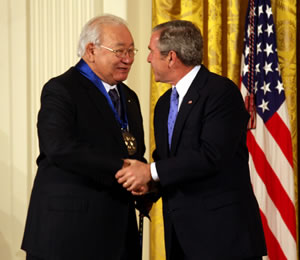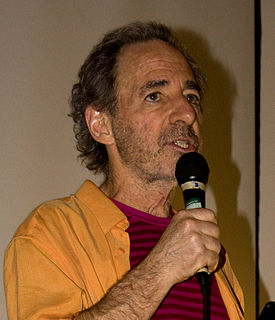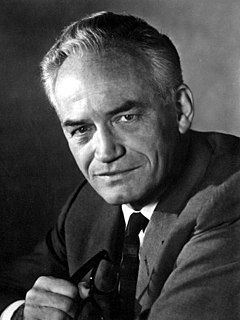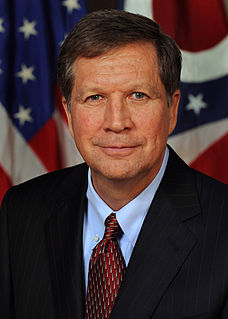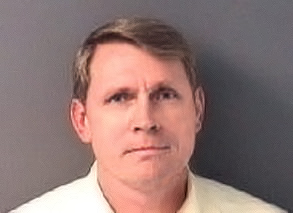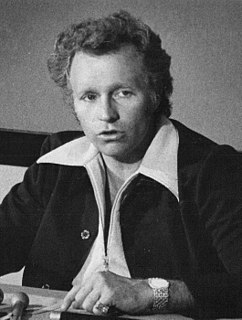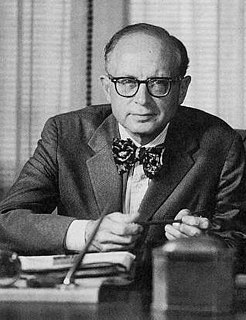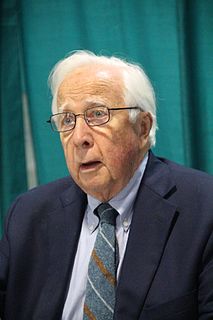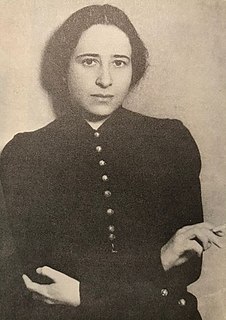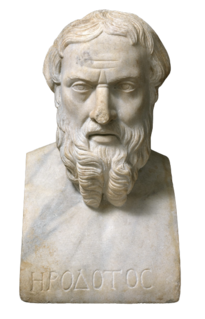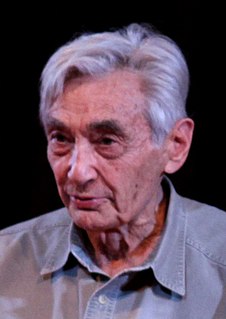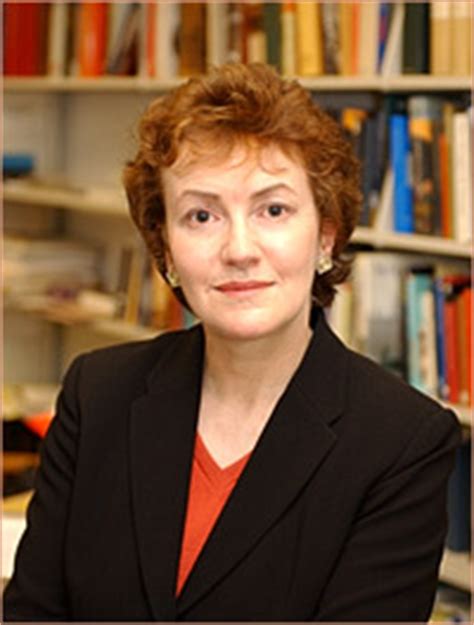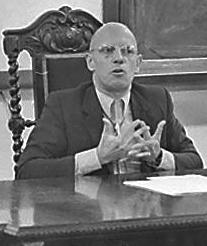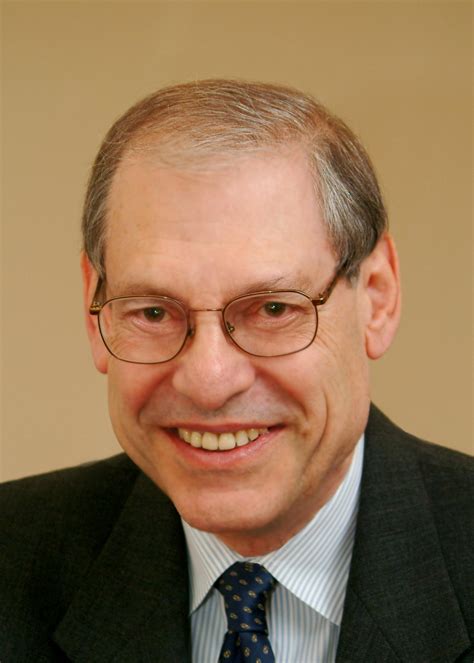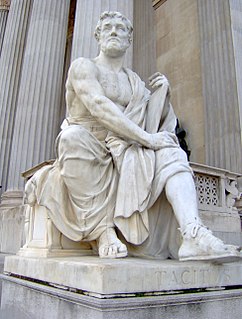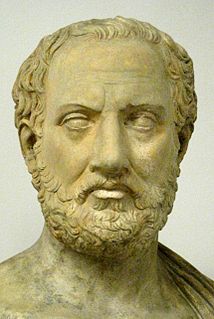A Quote by Hampton Sides
When the Americans were trying to conquer the Navajos, they felt this need to capture Canyon de Chelly like it was the Navajo capital. It was a meeting place and a sanctuary of last refuge. To control Canyon de Chelly was to control the Navajo people.
Related Quotes
To encounter the sacred is to be alive at the deepest center of human existence. Sacred places are the truest definitions of the earth; they stand for the earth immediately and forever; they are its flags and shields. If you would know the earth for what it really is, learn it through its sacred places. At Devil’s Tower or Canyon de Chelly or the Cahokia Mounds, you touch the pulse of the living planet; you feel its breath upon you. You become one with a spirit that pervades geologic time and space.
At this sunset hour, the canyon walls are indescribably beautiful and I fear the magic of photography can never record what I see now. The tall spires near the canyon's top and the walls of the canyon up there look as if God had reached out and swiped a brush of golden paint across them, gilding these rocks in the bright glow of the setting sun.
As for the flood carving Grand Canyon, why don't they explain to us why the top of the Canyon is 4,000ft higher than where the river (Colorado River) enters the canyon? Why don't they explain to us how rivers miraculously flowed up-hill for millions of years to finally cut the groove deep enough so they could flow downhill?
